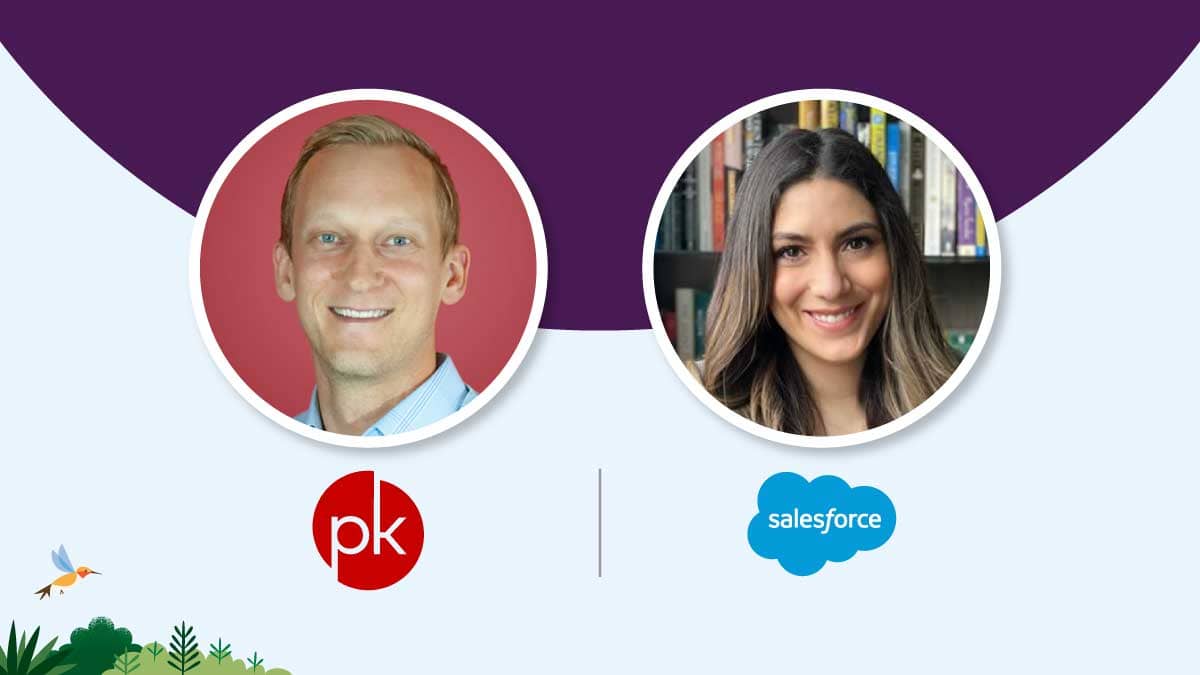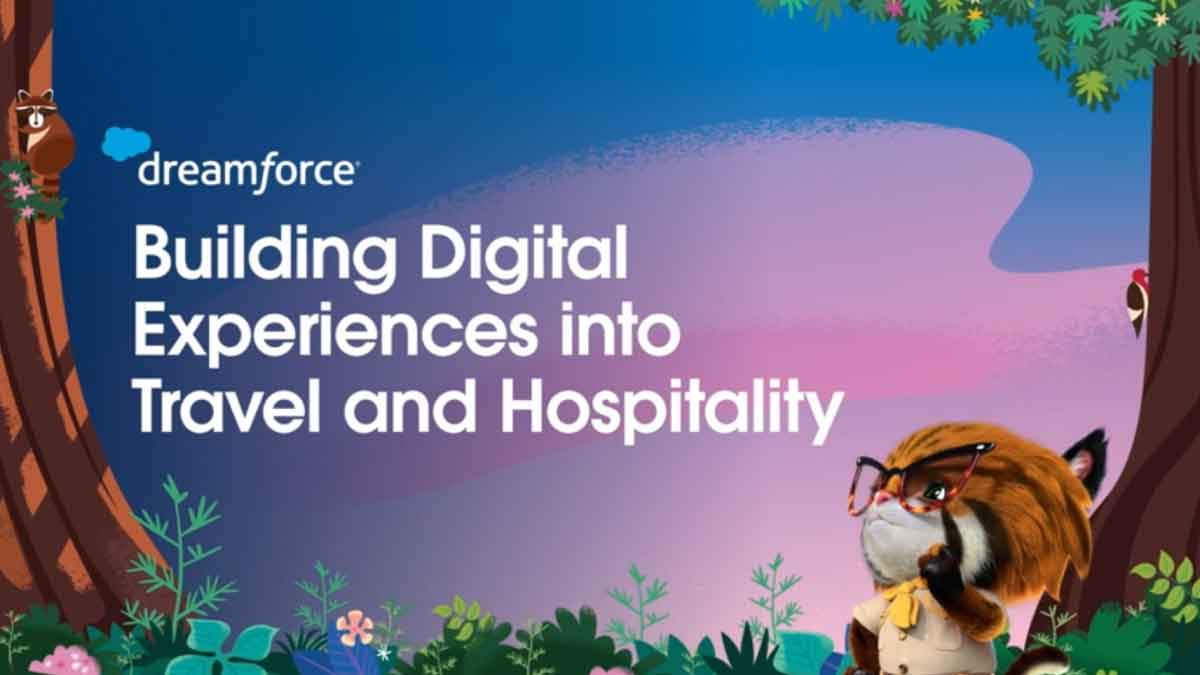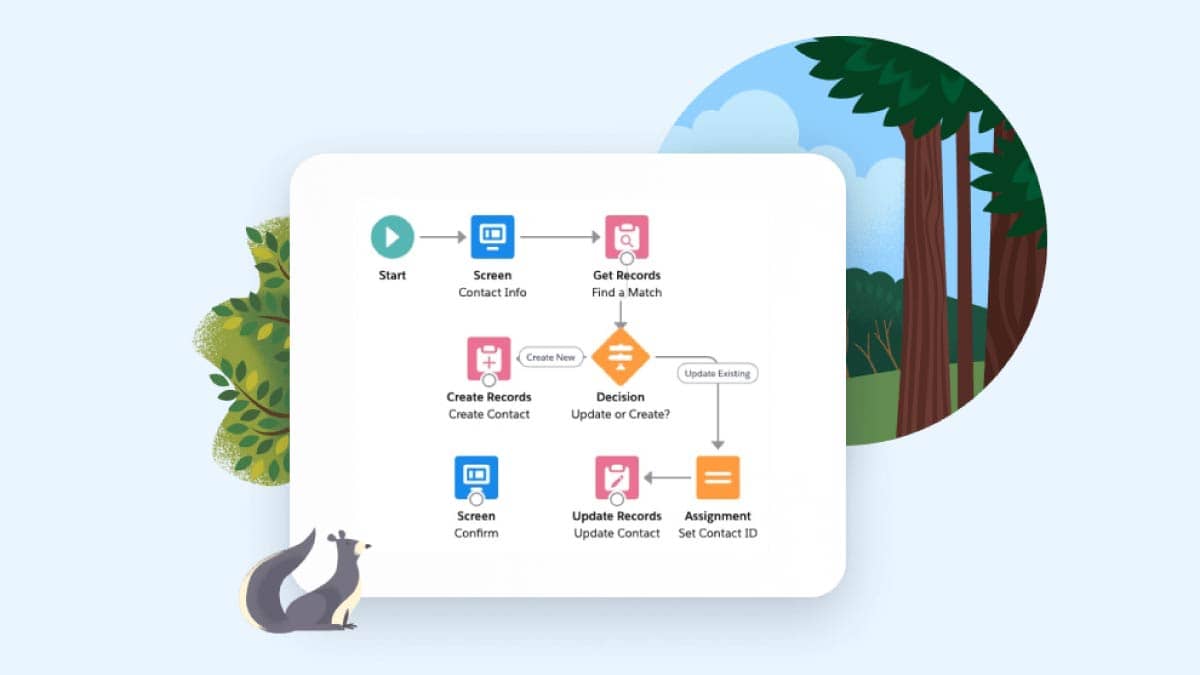4 Ways to Lower Costs, Wow Travelers, and Drive Growth in Travel & Hospitality
Give your employees the tools they need to boost productivity and exceed traveler expectations at every step of their journey.
May 12, 2023. 5 min read
Jacqueline Nunley
Director, Industry Advisor for Travel & Hospitality, Salesforce
The travel and hospitality (T&H) industry is taking a hard look at its business as travelers and guests return–with higher expectations than ever. T&H providers are seeking new efficiencies as costs remain high, interest rates climb, and a potential recession looms. After stretching the system beyond capacity with a ravenous post-pandemic appetite for adventure — or just a chance to get out of the house – travelers might already be hitting the pause button. Cost cutting is certainly a watchword of the moment, but better customer experiences will remain the key to competitive advantage.
The most successful companies will try to ramp up productivity by doing three things: one, giving employees tools that automate routine tasks; two, making them smarter by unifying data into a single source of truth, and three, by drawing out insights with artificial intelligence (AI). Indeed, Accenture research shows that future-ready operations are 1.7x more efficient and 2.8x more profitable than the competition.
But exceptional travel experiences are and will remain the best way to wow travelers and guests–and that’s the best way to drive efficient growth. So, let’s talk about some steps travel and hospitality companies can take to over-perform for travelers and guests before, during, and after their travel experiences.
#1. Unify your data to exceed traveler expectations
Traveler and guest expectations simply keep expanding . By 2020, 73% of travelers had stated that travel and hospitality providers needed to be aware of their unique needs. Now, companies must demonstrate how well they know their customers. To truly know them–and remain competitive–you must be able to surface effective and actionable data.
The most effective way to achieve this is to arm every agent, associate, manager, and executive with a single, shared view of relevant traveler, guest, and performance data. Companies that consolidate disparate, siloed systems into a single data platform report that they save 25% on IT costs and generate insights 29% faster, according to a 2022 Salesforce survey of more than 3,500 organizations.
In the airline industry, for example, 2022 saw more air travel delays and cancellations — and nearly double the risk of having a bag mishandled, while airline fares rose. That might be inevitable in an era of chaotic demand, staff and pilot shortages, and service failures, but it’s no way to delight customers. With the right information at their fingertips, however, customer service agents can personalize responses based on real-time data and respond with empathy and understanding. That’s the kind of experience that can turn angry travelers into brand advocates.
Clean, unified data was at the heart of an overhaul at Travel + Leisure Co (formerly Wyndham Destinations Asia Pacific). They began using the Salesforce platform to optimize and eliminate the duplication of data. Today, they apply intelligent analytics to determine how many people are likely to turn up for timeshare promotions based on factors like time, day, and offered incentives. With one app, the telesales team can automate outbound calls to timeshare owners to create data-driven discussions regarding potential upgrades.
And research shows that customers don’t mind vendors having their data as long as they receive individualized, genuine service and experiences for it.
Learn how CRM is improving experiences in travel and hospitality.
#2. Empower employees to orchestrate customer journeys and increase revenue
Travelers know what they want, and these days they can get it for themselves if they like. When it’s time to contact an airline, 61% of customers prefer digital options and interactions. Or guests will often begin planning trips online and then switch to live support from a hospitality associate.
The challenge is how to pick up seamlessly where customers leave off when they have been engaging in self-service. Will you be ready? Are your systems connected so a conversation begun on an app or with a bot can continue without missing a beat on a live phone call in real time?
Once you are connected to the guest, do your employees know the best next action to take? Artificial intelligence is the critical piece that turns that data into insights.
Customers on the Salesforce 360 platform report accelerating insights by 29%.
#3. Use data and AI to support employees, satisfy guests
Wyndham Hotels and Resorts uses data analytics, AI, and automation to support 95 million loyalty members across 9,000 properties and thousands of call center agents around the globe.
At Dreamforce 2022, Janesh Patel, Group Vice President for Hotel Technology and Client Support at Wyndham, talked about how the hospitality giant has modernized its contact centers. Today, Wyndham is deploying smart tools, data-driven insights, automation, and self-service to support a loyalty program that expanded during the pandemic. Even better, this all contributed to reducing costs, maximizing revenue, enhancing employee experiences, and optimizing operations for franchise owners.
“We’re leveraging AI to deliver more automated and self-service options for member services, room calls, check-outs, and follow through, so we can do more with less at the front desk and more by automation or in the call center,” he said. “It’s a much stronger value proposition.”
By using AI to enable smart automation, travel and hospitality businesses can accelerate business processes by 27% and boost employee productivity by 26%.
Learn how Wyndham Hotels is future-proofing its business with technology that impresses guests and sets employees up for success.
#4 Keep pace with traveler expectations and create customer magic
Like Wyndham, the travel and hospitality industry as a whole has been a pioneer in loyalty. But as times and customer expectations change, T&H businesses can’t continue to rely on the past. For now, it might seem reasonable to tighten budgets, but in the long-term the travel industry needs to position itself for growth.
The companies that emerge stronger will be the ones that modernize their technology with data-based strategies that help them focus on traveler, guest, franchisee, owner and employee experiences. An integrated platform like Salesforce for Travel and Hospitality can help you deliver real-time personalization, customized journeys, self-service, and AI-enabled automations at scale.
About the Author

Director, Industry Advisor for Travel & Hospitality, Salesforce
More Resources

Redefining Loyalty for a New Breed of Traveler

The Future of Travel Loyalty: How To Get Your Customer To Stick Around When Reward Point Balances Hit Zero






